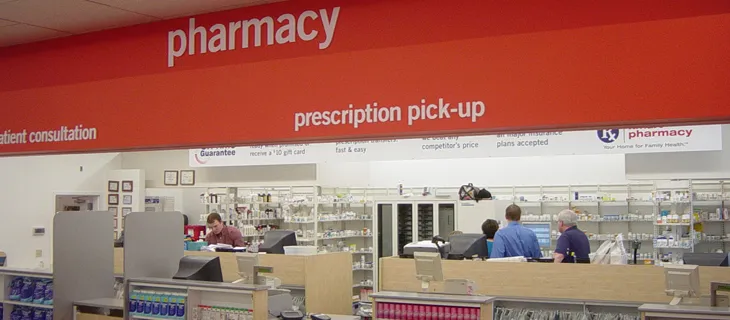
Chris Smith
It’s no secret that community pharmacy is facing a period of tremendous challenge. With diminishing reimbursement, the continued prevalence and negative impact of DIR (direct and indirect remuneration) fees, and market pressures born by the vertical integration of health care, there may have never been a time as challenging as the present for pharmacy. However, because of the growing need for accessible primary care, the role of the pharmacist has the potential to change dramatically over the next five to 10 years via the provision of direct patient care with expanded clinical services.
Impact of the pharmacist
The pharmacist has the potential to be a game changer for patient care. Because of the neighborhood aspect of pharmacies in a variety of formats — corner drug store, chain drug store, supermarket and mass merchandiser — the access of patients to their pharmacist portends a significant opportunity for face-to-face interaction and, perhaps more important, easy monitoring of therapeutic and outcomes-focused disease management programs. For the last decade or so, the training pharmacists have received has positioned this long-underutilized health care professional to be an integral care delivery vehicle. This is playing out every day as pharmacist-driven or pharmacist-included health care models are developing across the country.
The challenge for pharmacy leaders will be to seamlessly and profitably make the shift from a product-centric (pills in a bottle) business focus to a clinical business focus. Clearly, technology and automation will be the catalyst for the movement that will allow the pharmacist to focus on direct patient care, while leaving technicians or para-professionals responsible for the bulk of the product-dispensing activities.
Role of technology in
patient care
From the perspective of technology on direct patient care, emerging technologies like AI (artificial intelligence) can be the pharmacist’s best friend for identification, clinical decision support and monitoring of patients. To manage the care of the thousands of patients that utilize the average pharmacy, pharmacists will rely on tools to help with patient outreach, documentation and follow-up. From IVR to intervention and care documentation to billing and revenue management for clinical services as well as medication, the patient journey must be captured and reportable for outcomes assessments. This can only be accomplished though technology supplemented with appropriate analytics. Adoption of newer technologies can help answer important questions around the provision of care (think: who? and when?), to make the provision of clinical services as cost effective and outcomes driven as possible.
The challenge for pharmacy
The challenge for the pharmacy industry will be enabling seamless technological integration to care for the multitude of ways that the traditional pharmacy will expand not only its services but also its potential partnerships. Health care, in many ways, is a regional if not local business. Considering this, the number of “connections” that may be made are numerous — pharmacy to clinic, pharmacy to health system, pharmacy to employer, and many more. The data that travels back and forth will be enormous both in size and scope with the ever-present cloud of a HIPAA disaster lingering overhead.
Using automation
Automation (technology in and of itself) enables the most efficient dispensing of pharmaceutical products to patients in the pharmacy or via central facilities. The obvious goal of automation is to streamline the physical activity of prescription filling and rely heavily on the pharmacy technician to support the vast majority of the filling burden, freeing up the pharmacist to perform clinical, top-of-license activities. Efficiency gains from automation, coupled with progressive verification models like “tech check tech,” can facilitate the transformation of pharmacist labor to those duties only a pharmacist can perform.
The adoption of automation over the last decade or so has been phenomenal, both from the aspect of the pharmacy “box” and from the perspective of central fill/central processing facilities and now further into self-warehousing and last-mile delivery services. The future for the traditional community pharmacy will be how to continuously reinvent the supply chain side of the business to allow for the clinical practice to grow.
At some point, too, the patient will expect these types of services, both advanced clinical and augmented product delivery options, perhaps without a comprehensive understanding of the rigors of the data integrity and patient safety concerns that pharmacists and their IT organizations will have to overcome. That said, it’s the necessary and proper action for the industry to take to position pharmacy to fill the primary care gap, champion better health care for patients and improve outcomes.
Chris Smith is the director of product strategy, provider solutions, at Inmar.









